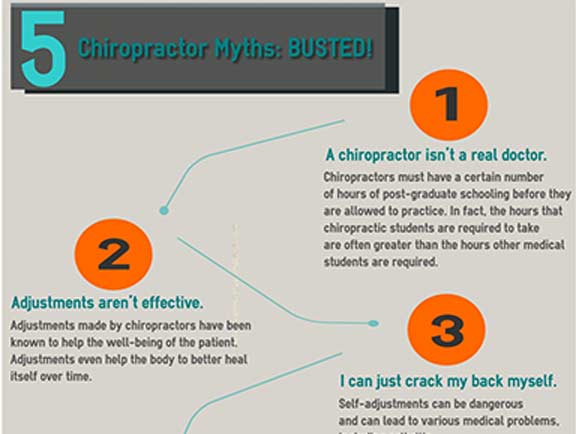The Influence Of Pose On Neck And Back Pain: Approaches For Sustaining Appropriate Alignment During Daily Activities
The Influence Of Pose On Neck And Back Pain: Approaches For Sustaining Appropriate Alignment During Daily Activities
Blog Article
Web Content Created By-McKinley Bennett
Maintaining appropriate pose isn't practically staying up straight; it's about straightening your body in a manner that sustains your spinal column and decreases the danger of back pain. The means you sit, stand, and relocate throughout the day can considerably influence your back wellness. But how specifically can you guarantee excellent placement consistently, also throughout hectic days filled with various activities? Let's delve deeper into the refined yet impactful modifications you can make to your day-to-day routine to keep your back happy and healthy.
Importance of Correct Position
Correct posture is crucial in keeping a healthy and balanced back and avoiding discomfort. When you sit or stand with excellent stance, your back is in alignment, minimizing stress on your muscles, ligaments, and joints. This positioning permits the body to distribute weight uniformly, avoiding extreme stress and anxiety on specific areas that can result in discomfort and pain. By keeping your spinal column properly lined up, you can likewise boost your breathing and digestion, as slouching can press organs and limit their performance.
Furthermore, maintaining excellent position can enhance your total appearance and self-esteem. When you stand tall with your shoulders back and head held high, you show confidence and appear more friendly. Excellent position can likewise make you feel much more energized and alert, as it promotes correct blood flow and permits your muscle mass to work efficiently.
Incorporating correct stance into your day-to-day regimen, whether resting at a workdesk, walking, or exercising, is necessary for protecting against pain in the back and advertising general well-being. Remember, a little modification in just how you hold yourself can make a substantial difference in just how you really feel and function throughout the day.
Common Postural Mistakes
When it comes to maintaining excellent pose, many people unconsciously make typical errors that can contribute to pain in the back and discomfort. One of one of the most common errors is slouching or hunching over while resting or standing. This placement puts too much strain on the spine and can bring about muscular tissue imbalances and discomfort in the future.
visit here is overarching the lower back, which can squash the natural curve of the spinal column and create discomfort. Furthermore, going across what causes back pain while sitting may really feel comfortable, yet it can develop an inequality in the hips and pelvis, bring about postural problems.
Using a pillow that's as well soft or also solid while resting can additionally affect your placement and contribute to back pain. Last but not least, regularly craning your neck to take a look at screens or adjusting your position often can strain the neck and shoulders. Bearing in mind these typical postural errors can aid you preserve better placement and minimize the risk of neck and back pain.
Tips for Correcting Placement
To boost your placement and lower neck and back pain, it's important to concentrate on making small changes throughout your everyday routine. Start by being mindful of your posture. When sitting, guarantee your feet are level on the floor, your back is straight, and your shoulders are relaxed. Avoid slouching or leaning to one side. Use ergonomic chairs or pillows to sustain your reduced back.
When standing, distribute your weight equally on both feet, keep your knees slightly bent, and tuck in your pelvis. Involve your core muscular tissues to sustain your spine. Take breaks to extend and walk if you have a less active job. Integrate workouts that enhance your core and back muscle mass, such as slabs or bridges.
While sleeping, use a pillow that sustains the natural curve of your neck to keep correct back alignment. Prevent sleeping on your belly, as it can strain your neck and back. By being mindful of these ideas and making small changes, you can slowly remedy your placement and minimize pain in the back.
Final thought
Keep in mind, keeping great pose is vital to preventing neck and back pain and advertising spine health. By being mindful of your positioning, dispersing weight evenly, and involving your core muscle mass, you can minimize pressure on your back and minimize the risk of discomfort and injury. Incorporate ergonomic support, take normal breaks to extend, and enhance your core and back muscular tissues to keep correct positioning throughout the day. Your back will certainly thanks for it!
